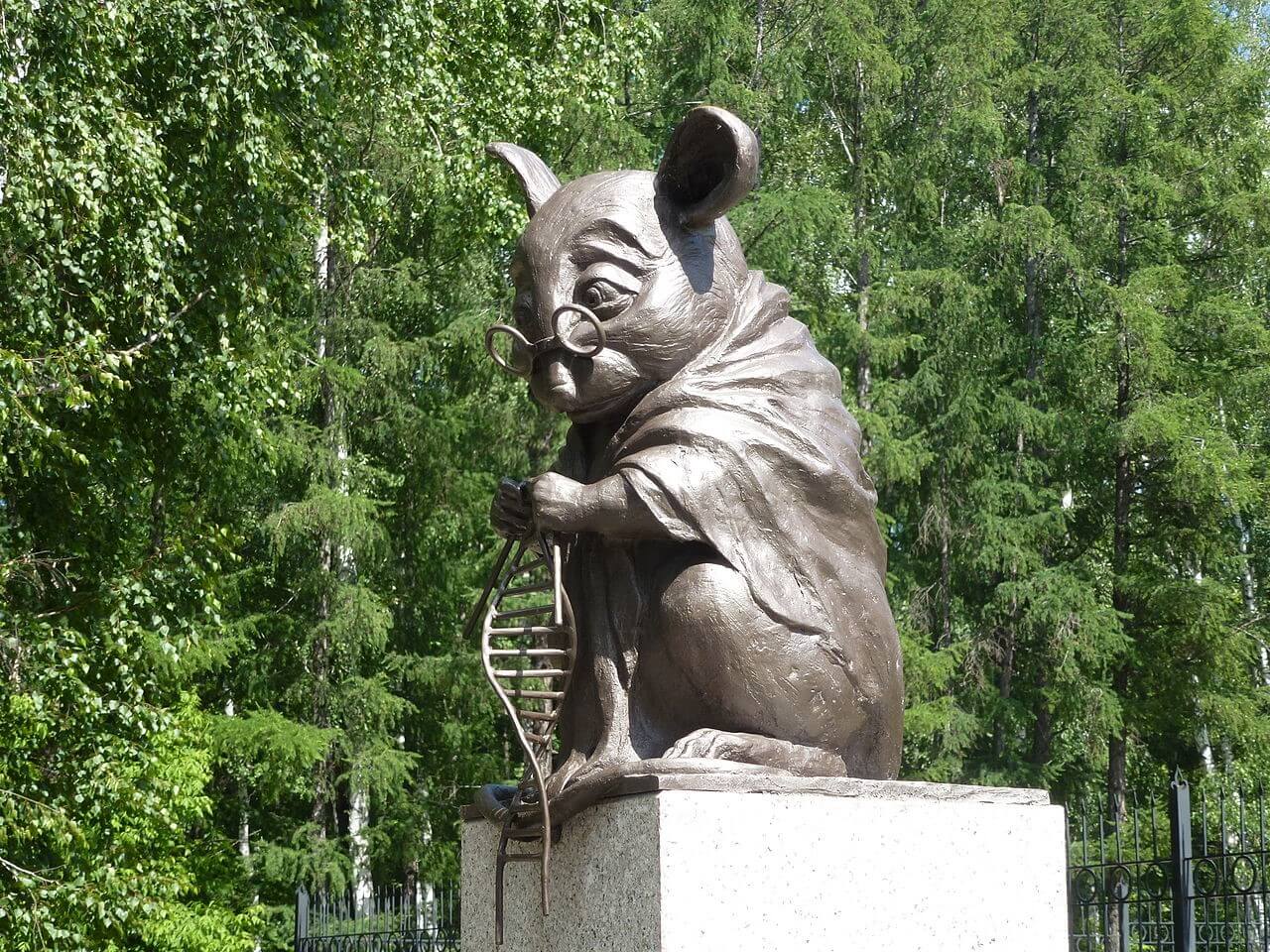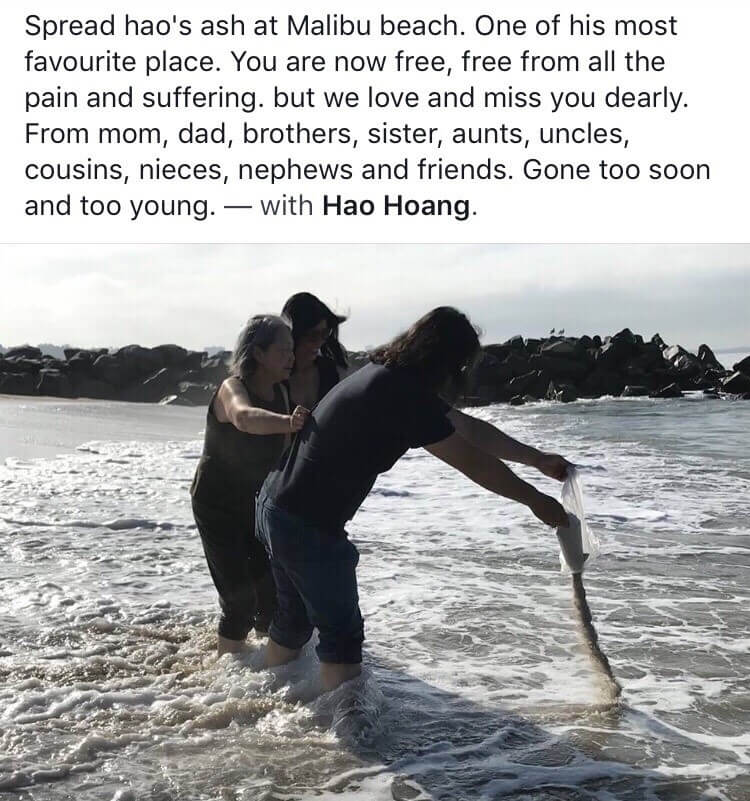All throughout history, humanity has been seeking eternal life and longevity. It’s not a new quest. Nearly everyone in the medical field is working to prolong life and allow us all to be closer and more available for our loved ones.
Cancer, to put it plainly, is a label for “failure to keep consistent DNA”.
Our DNA and protein structures replicate at an alarming rate. Faster than most would imagine. It’s mentioned that some parts of the human body replace themselves every few years. New skin cells, new hairs, muscles and also livers healing from alcohol. Billions of cells are replicated to heal damaged tissue. Billions of cells replicate to grow us into adulthood and beyond.
When replication occurs, there is a very-very-very small chance that the replication will have an error.
ACGTACGT becomes ACGTTCGT
In most cases, this is fine. A skin cell with an error in it will be created, it will live, it will duplicate, and then the skin cell will die. A human cell has 3.4 billion nucleotides, where only 2 percent are critical for protein expression. This allows small benign errors to not have an impact.
However, some specific genes in that 2 percent are critical for cell growth and cell death. When the instructions for “grow every 5 days; die after 5 days” becomes “grow every 5 days; die every 15 days”, we call that “cancer”. Likewise, it can also end up as “grow every 2 days; die every 5 days”, thus the equation for replication becomes unbalanced.
With more cells growing than dying, there is a greater and greater need for resources; cancer ends up stealing vital nutrients from other critical organs.
So…
It is not that science is holding back, but moreover science is still trying to understand it. It’s important to know how it works, how to control it, and how to make sure we don’t cause additional imbalance.
When technology is created without rigorous testing, it’s working on assumptions. And assumptions can possibly hurt a loved one rather than help them. Worse, it may actually kill them.
Today, at the cutting edge of cancer research, research is dealing with the billions of permutations that might occur. Some cancers are “grow every 2 seconds; die never”. Some are “grow every 5 days; die never”. Some are “grow 16 times every 1 second; die every 5 days”. Each one requires a different approach, therapy, or method of management.
Today, science has already given us a few methods:
- Cut it out
- Burn it with radiation
- Freeze it to death
- Target it with chemicals
- Ask the immune system to help
- Replace it with someone else’s
Science is working on more methods:
- Identify it earlier
- Cut it out more safely
- Burn only it with radiation
- Better targeted chemicals
- Hack and hijack the immune system to do our bidding
- Grow replacements on a mouse!

Altering the “force of nature” is what scientists all around the world are working to control. Unfortunately, Mother Nature can be cruel when we don’t play by her rules. This is a great quote that’s been floating around:
Nature wants 5 of your 7 children dead. It wants you dead by 50. Everything better than that is brought to you by science and technology.
At my lab, we are developing greater detection tools to identify mutations that cause cancer. We’re working on new methods to detect cancer in tissue, in blood, in <name your favorite body part here>.
It’s a massive undertaking to combat the forces of nature. It takes time. It takes sacrifice. It takes generations of scientists to take the universe we are given and push it to allow just a few more years with our loved ones.
I understand the anger, the worry, the wish to point fingers at science, at companies, at faceless entities for not preventing our losses.
In June 2018 cancer has taken yet another one of my friends. Kind hearted. Friendly. Always willing to help. He went out of his way to get to know you, to understand your needs, to be impactful with the people he knew.
I wish science already had the answers. That technology already existed. That nature wouldn’t take wonderful people away. In this image, my friend’s family is spreading his ashes over Malibu. They found lung cancer in November 2017. They tried therapies in early 2018. Science couldn’t keep him. Nature took him in June. RIP.
It’s moments like these that reinforce why I work with science. Why I make technology. How we can all play our role innovating ways to keep our loved ones longer.
James Liu is a principal systems architect at Fulgent Genetics, working on affordable diagnostic services. He previously worked as a computer scientist in biometrics. His writing has also been featured in Forbes, Fortune, Inc. and Lifehacker.
A version of this article was originally published at Quota as “Why does science not give people a cure for cancer?” and has been republished here with permission.
































